COLLEGE DAY: Audition & Portfolio Prep
Below you will find information you’ll need to prepare to audition, or present a design or production portfolio, at NCTC College Day. We’ve also included some tips for success. This is an opportunity to showcase your talent and attract the eye of representatives from NC’s top theatre programs. Every year, students who participate in NCTC College Day receive scholarship offers and invitations to visit campuses based off what college reps see at the event, so make sure you’re prepared to put your best foot forward.
Step 1: Audition Introduction
You will audition in groups of 15-20. Your group will be led into the audition room (a black box theatre) and seated on the side of the stage. College representatives will be seated in the center section. Parents are not permitted inside the audition room. Before you begin your audition, you will introduce yourself to the college representatives by stating your name and audition number. Your introduction will not count towards your allotted audition time. You do not need to describe your audition material; state your name and audition number only.
Step 2: Monologue
After you state your name and number, you will have 60 seconds to present one monologue. All auditionees are required to perform a monologue. After your monologue, you may choose to sing 16 bars of a song. All auditionees will perform their monologue first.
- Choose a piece from a play rather than a monologue book or website
- Do not perform a self-written monologue
- Choose a character that is close to your age
- Time yourself beforehand so you are comfortable with the 60-second time limit and do not have to rush
- Allow yourself ample rehearsal time. You can never be too prepared! Remember, you will be auditioning in front of a room full of college professors and peers; confidence is the key to shaking your nerves!
Step 3: Singing (Optional)
Singing is not required for the audition. If you choose to sing, please prepare 16 measures/bars of a song. You will need to bring sheet music that is clearly marked with the starting and ending points; no taped accompaniment or a capella singing will be allowed. You will have a moment to talk through your music with the provided accompanist before you start your introduction. The singing portion of your audition should come after your monologue.
- Write the last line of your monologue on the sheet music to help the accompanist know when to begin playing
- Practice your song with an accompanist. It will sound different than practicing with a karaoke track
- Place your sheet music in a three ring binder to help keep the pages in place
- Choose a song in an appropriate key for your voice
- Again, allow yourself ample rehearsal time. You can never be too prepared!
After you check-in, you will be escorted to the Portfolio Review Room, where you will be assigned a display table. You will be provided ample time to set-up your portfolio before the presentations begin. We recommend bringing your materials in a suitcase with wheels or a rolling cart, as it is a bit of a walk to the space. Parents may help with set-up and there will be a short orientation before college representatives enter the room. College representatives will then visit your table (one at a time) to discuss your work and to talk with you about their theatre program. Be prepared to discuss your training, course work, production experience, hobbies and interests. You can also use this time to ask the college representatives questions about their school/program. Parents will leave the room before Portfolio Reviews start and use their time to visit the College Fair.
Your portfolio should be a visual representation of your work and interests. You can bring drawings, photos, models, prompt books, PowerPoint Presentations, etc. If you plan to use a laptop, be sure to bring an extension cord as well as the device (no computers will be provided).
- Present work that caters to the area of study you would like to pursue
- Think “outside the box” when determining how/what you will be presenting
- If you’re interested in Set Design, include images of your scenery, painting, designs or plans
- If you’re interested in Costuming, include production photos, swatches, actual costumes or sketches
- If you’re interested in Lighting, include production photos, lighting plots, visual research or story boards
- If you’re interested in Stage Management/Direction, include photos of productions you have directed/stage managed, scripts with blocking, rehearsal schedules, concepts or show research
Laura Pates, Assistant Technical Director for PlayMakers Repertory Company, shares what you should include in your portfolio.
